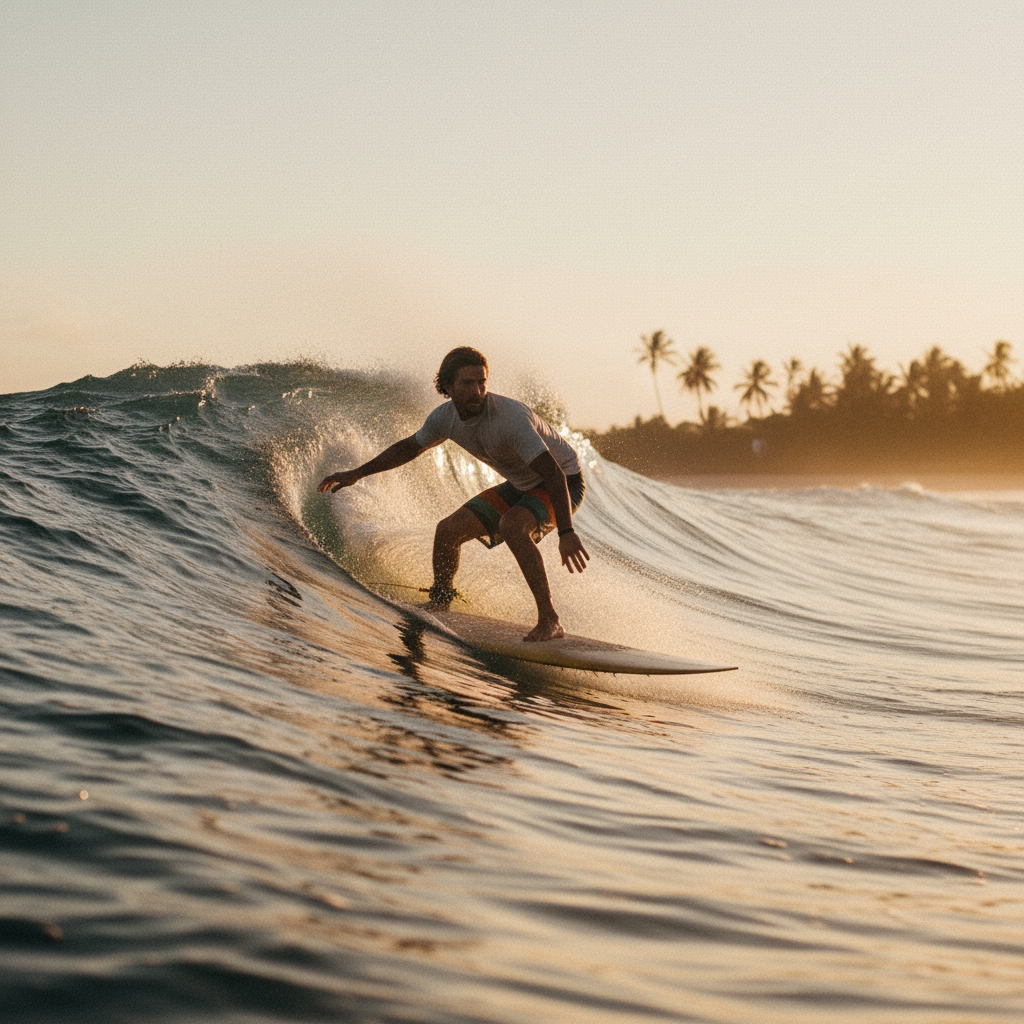You just bought a fresh board. It looks beautiful. You walk over to the fin wall to pick out a set, and suddenly you're staring at 50 different options. Different colors, different materials, weird terms like "rake" and "foil." You panic and just buy the ones that match your board's color.
We've all been there. But here's the truth: fins are the engine of your surfboard. The wrong ones can make a magic board feel like a door. The right ones can make an average board sing.
Let's strip away the marketing fluff and break down exactly how to size your fins properly.
1. The Golden Rule: It's All About Weight
Forget about your height. Forget about your shoe size. When it comes to fin sizing, your weight is the single most important factor. Fins are resistance tools—they need to push back against the pressure you apply.
- X-Small (Under 120 lbs / 55 kg): For groms and very light surfers.
- Small (120 - 155 lbs / 55 - 70 kg): Great for smaller surfers or loose, skatey feels.
- Medium (145 - 175 lbs / 65 - 80 kg): The standard. If you're on the border, this is usually safe.
- Large (165 - 200 lbs / 75 - 90 kg): For bigger humans or powerful surfers who push hard.
- X-Large (Over 190 lbs / 85 kg+): For the heavy hitters who need maximum hold.
Pro Tip: If you're between sizes, think about the waves. Small waves? Size down for looseness. Big waves? Size up for hold.
2. Check Your System (Don't Be That Guy)
Nothing is worse than buying a $120 set of fins and realizing they don't fit your board. There are two main systems:
- FCS II: Two tabs. Snaps in (usually).
- Futures: One long solid base. Screws in.
They are NOT compatible. Check your board's plugs before you buy. If you see one long slot, it's Futures. If you see two little slots, it's FCS.
3. The "Feel" Factors: Rake and Base
You don't need a PhD in hydrodynamics, but you should know these two terms:
Rake (Sweep)
How far the fin tilts back.
More Rake: Long, drawn-out turns. Carving. Good for point breaks.
Less Rake (Upright): Snappy, tight turns. Good for beach breaks and pocket surfing.
Base
The bottom part of the fin touching the board.
Wide Base: More drive. You go faster down the line.
Narrow Base: More pivot. You turn easier but lose some drive.
4. Construction Matters
Those cheap plastic fins that came with your board? They're fine for your first month. After that, they're holding you back. They flex too much and wobble when you go fast.
Upgrade to Honeycomb (balanced flex) or Fiberglass (stiff and controlled) when you're ready to actually feel your board respond.
Stop Guessing
You can memorize all these charts, or you can just use technology to do the heavy lifting.
FinFinder.ai takes your weight, board type, and local wave conditions to give you the exact fin recommendations you need. No guessing, just data.
Don't let the wrong fins ruin a good session. Get dialed in.
Helpful Resources
Ready to Find Your Perfect Fins?
Use our expert fin recommender tool to get personalized suggestions based on your needs.
Try Fin Recommender


